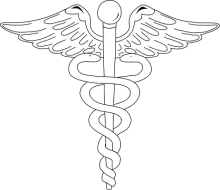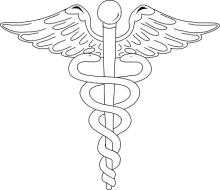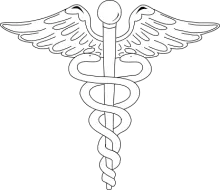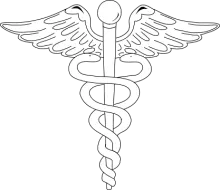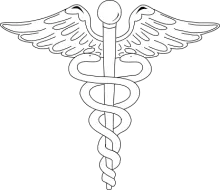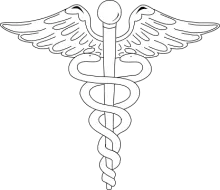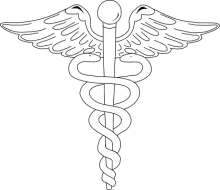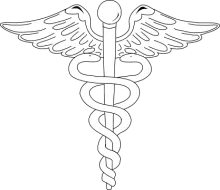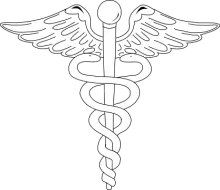Frequently asked questions about chiropractic—part II
Q: Does chiropractic treatment require a referral from an MD?
A: A referral is usually not needed to see a doctor of chiropractic (DC); however, your health plan may have specific referral requirements. you may want to contact your employer’s human resources department—or the insurance plan directly—to find out if there are any referral requirements. Most plans allow you to just call and schedule an appointment with a DC.
